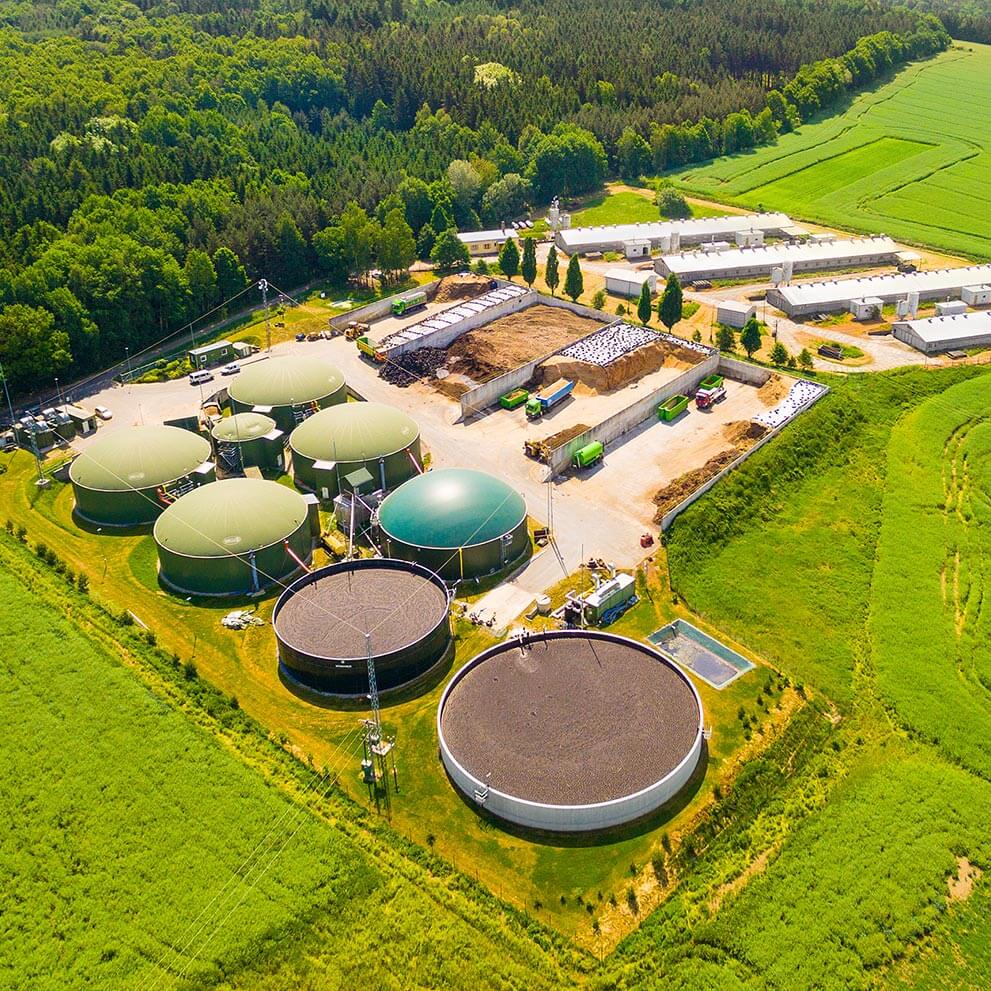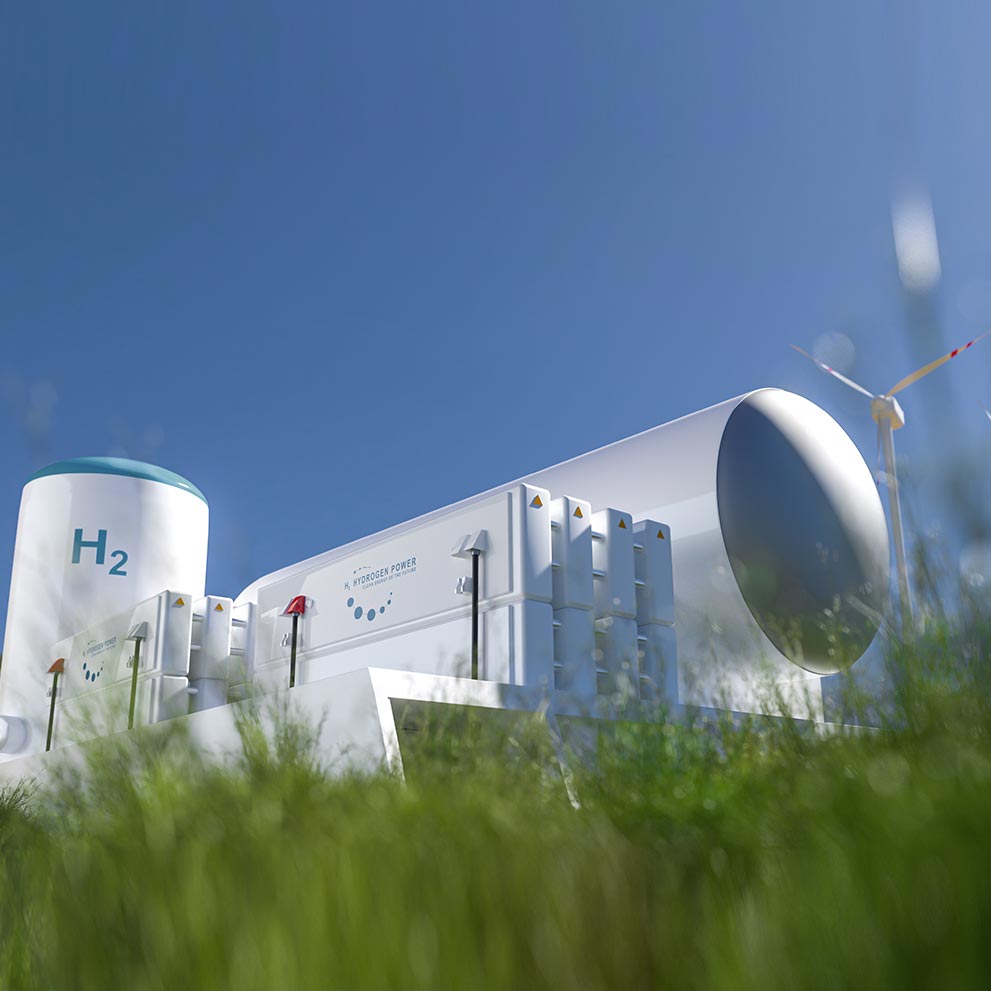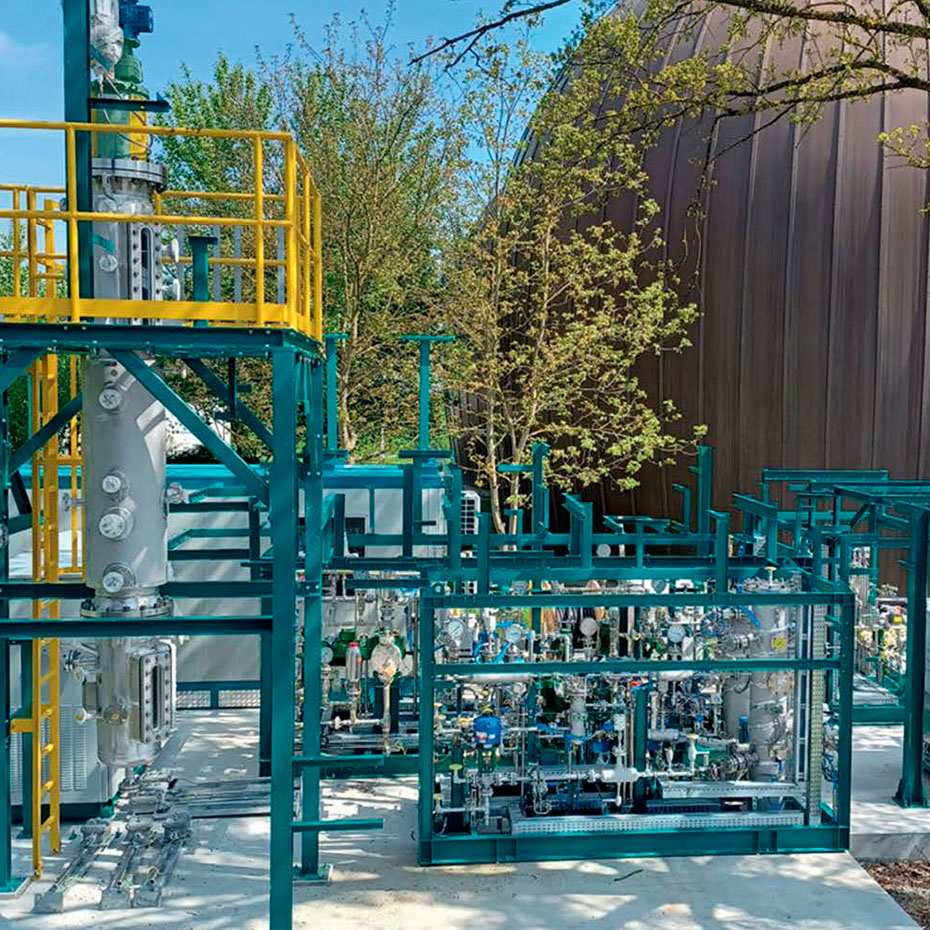Smart gas grids
Self-regulating grids
Active systems that integrate different types of energy and make decisions autonomously to optimise energy distribution. Smart Grids are an ambitious project thanks to which, in the very near future, energy will be distributed through networks capable of instantly managing and regulating multiple, discontinuous, and bidirectional flows.

TERRANOVA, a Pietro Fiorentini Group company, leader in the development of software for smart metering, operations and smart grid management, offers a wide range of software studied ad hoc to respond to the complex, utility sector needs.

TAMM is a multiservice software system designed to automate the processes of remote metering and remote management of Gas, Electricity and Water meters in a smart metering scenario. The TAMM application was designed to support Distribution Companies in managing the processes involved in remote metering and remote management of metering groups for the supplied utilities, in compliance with established functional, efficiency and security standards in different application scenarios: Industrial, Commercial and Residencial.
All of this is integrated with Narrow Band Internet of Things technology (NBIoT), the most promising communication technology for utility metering.
For more information: terranovasoftware.eu
Focus
Pietro Fiorentini’s systemic approach aims to pursue simple connections that interact with each other to create resilient systems. The achievement of the maximum level of Smart Gas Grids implementation is to achieve full integration between gas distribution networks.
Smart Grids can greatly contribute to achieving the European objectives of the Green Deal. Smart Grids implementation allows to optimise flows, transforming the final consumer in producer of energy, and maximise the safety and eliminating leakage and waste.
Distributing natural gas through sustainable, smart grids means designing systems which feature flexibility in managing flows, the ability to maintain balance within decentralised grids with bidirectional flows and resilience of the systems themselves.






